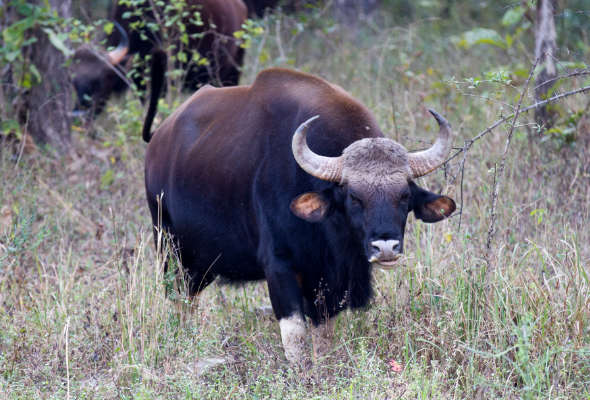
Across the continents, mountains rise, shaping weather, culture, and evolution. From the mist-shrouded Andes to the icy Himalayas and the hidden ranges of Africa and New Guinea, these uplands nurture extraordinary biodiversity. For us birders, the high country offers both challenge and reward, with species found nowhere else and scenery that takes the breath away in more ways than one. At Rockjumper, our tours venture to these magnificent lofty heights in search of some of the most extraordinary species and experiences.





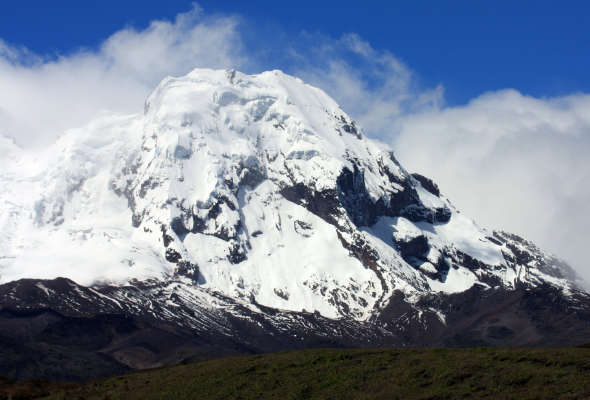
The Andes are the backbone of South America, stretching unbroken from Venezuela to Patagonia. They are an ecological continent unto themselves, dividing ecosystems and cultures, feeding the Amazon and rising to glaciated summits that dwarf the clouds. Birding here is a journey through climate and time, from the steaming foothills to the windswept páramos above the tree line. Cloud forests of Colombia and Ecuador hold Andean Cock-of-the-rock, Plate-billed Mountain Toucan, Sword-billed Hummingbird, and a cascade of dazzling tanagers. In Peru, the legendary Manu Road descends from icy peaks through mossy forest alive with antpittas, cotingas, and quetzals. Further south, Argentina’s Northwest reveals Rufous-throated Dipper, Red-tailed Comet, Andean Condor and Andean Hillstar against stark red cliffs and cactus-studded valleys. The Andes are as rich in culture as in wildlife, their slopes home to Inca ruins, Quechua villages, and a living connection between land and sky.





The Himalayas form the world’s mightiest mountain system, stretching from Pakistan to Bhutan and Nepal. Rising from tropical forests to snowfields, they hold every habitat from foothill jungles to icy alpine meadows. Rhododendrons bloom scarlet beneath white summits, while forests of oak and bamboo echo with the calls of laughingthrushes and barwings. Birding ranges from India’s broadleaf forests to the high passes of Bhutan and the river valleys of Nepal. The resplendent Himalayan Monal gleams on the slopes, joined by Satyr Tragopan, Fire-tailed Myzornis, Grandala, and Snow Partridge. In Nepal, temperate woodlands in Shivapuri National Park host the endemic Spiny Babbler and near-endemic Hoary-throated Barwing, while the Eastern Himalayas in NE India are home to Highlights such as Ward’s Trogon, Temminck’s and Blyth’s Tragopans and Bugun Liocichla. From alpine ridges to lush forests alive with color and song, the Himalayas inspire with their vastness, beauty, and life at every elevation.

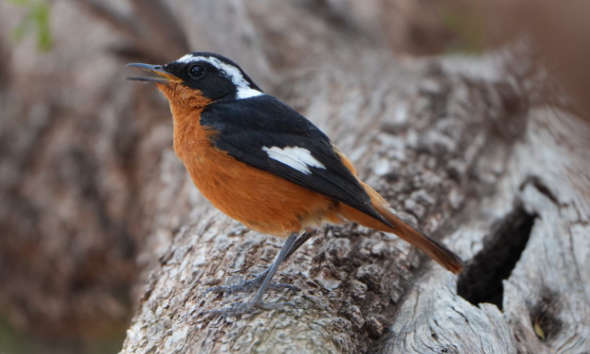


The Atlas Mountains rise in a vast arc across Morocco, separating the fertile coastal plains from the vast reaches of the Sahara. Geologically young yet deeply eroded, their rugged peaks and high plateaus were shaped by the same tectonic forces that formed the Alps.
Their peaks and plateaus hold a remarkable range of habitats from cedar and juniper forest to alpine scree and arid steppe. The birdlife reflects this diversity, where Palearctic and African species meet. Crimson-winged Finch gathers on snowy slopes, while Levaillant’s Woodpecker and Tristram’s Warbler call through oak and juniper groves. Moussier’s Redstart and Barbary Partridge enliven the foothills, and higher ridges reveal Horned Lark and Alpine Chough. The range is also a cultural heartland of the Berber people, whose terraced villages and mountain markets have endured for centuries. Traditional cuisine of tagines, flatbreads, and mint tea adds warmth to evenings after a day in the field. Birding here unites superb scenery, rich culture, and the stillness of high mountain air, making the Atlas one of North Africa’s most rewarding regions.



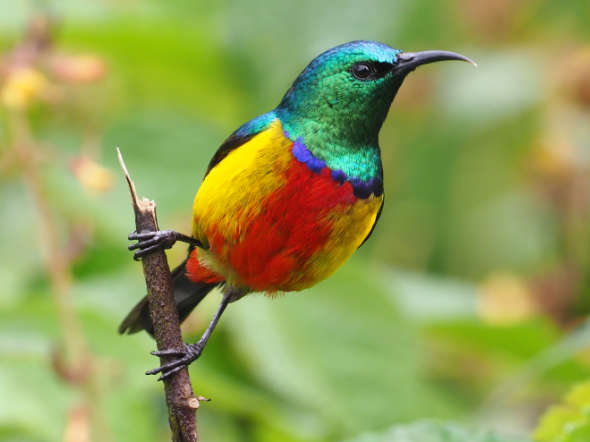
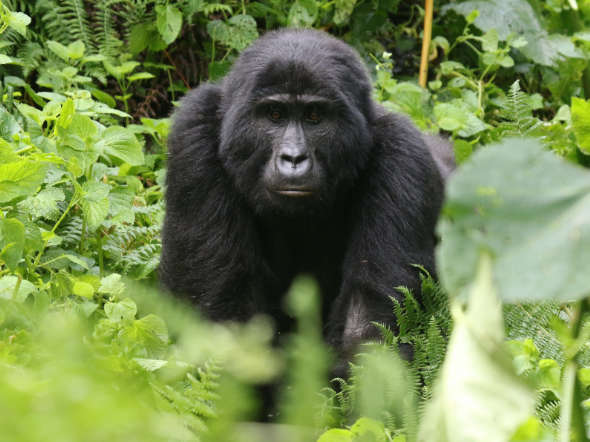
The Albertine Rift, the western arm of Africa’s Great Rift Valley, runs along the borders of Uganda, Rwanda, Burundi, and the Democratic Republic of the Congo. Its jagged ridges, volcanic peaks, and deep lakes form one of the most dramatic landscapes in Africa. This uplifted region shelters the continent’s richest concentration of montane endemics, with ancient forests that survived the last ice age still clinging to its slopes. Bwindi Impenetrable Forest, Nyungwe, and the Rwenzori Mountains hold jewels such as Rwenzori Turaco, Regal Sunbird, Red-faced Woodland Warbler, Stripe-breasted Tit, and the elusive Grauer’s Broadbill. In total the Albertine Rift supports an incredible 41 endemic birds! The forests are dense, filled with giant ferns, bamboo stands, and orchids, and alive with calls that echo through the mist. Beyond its birds, the rift is home to Mountain Gorillas, Chimpanzees, and Golden Monkeys, while fertile volcanic soils support tea, coffee, and banana plantations tended by rural communities.




The Eastern Arc Mountains of Tanzania rise in a series of ancient, forested ridges that curve inland from the Indian Ocean. Isolated for millions of years, they are biological islands where long evolution has produced one of Africa’s highest concentrations of endemics. Cool, misty forests cloak the Uluguru, Usambara, and Udzungwa ranges, filled with towering trees, giant ferns, and vines that hang heavy with moss. These peaks shelter remarkable species such as Iringa Akalat, Usambara Hyliota, Banded Green Sunbird, Uluguru Bushshrike and Usambara Weaver, each confined to a small corner of forest. The slopes also hold striking mammals, including Sanje Mangabey and endemic chameleons found nowhere else. Below the canopy, tea estates and spice farms line fertile valleys, their bright greens contrasting with the dark mountain forests. Birding the Eastern Arc reveals a world apart, where ancient geology, lush vegetation, and human life are woven together in a landscape of quiet richness and enduring mystery.
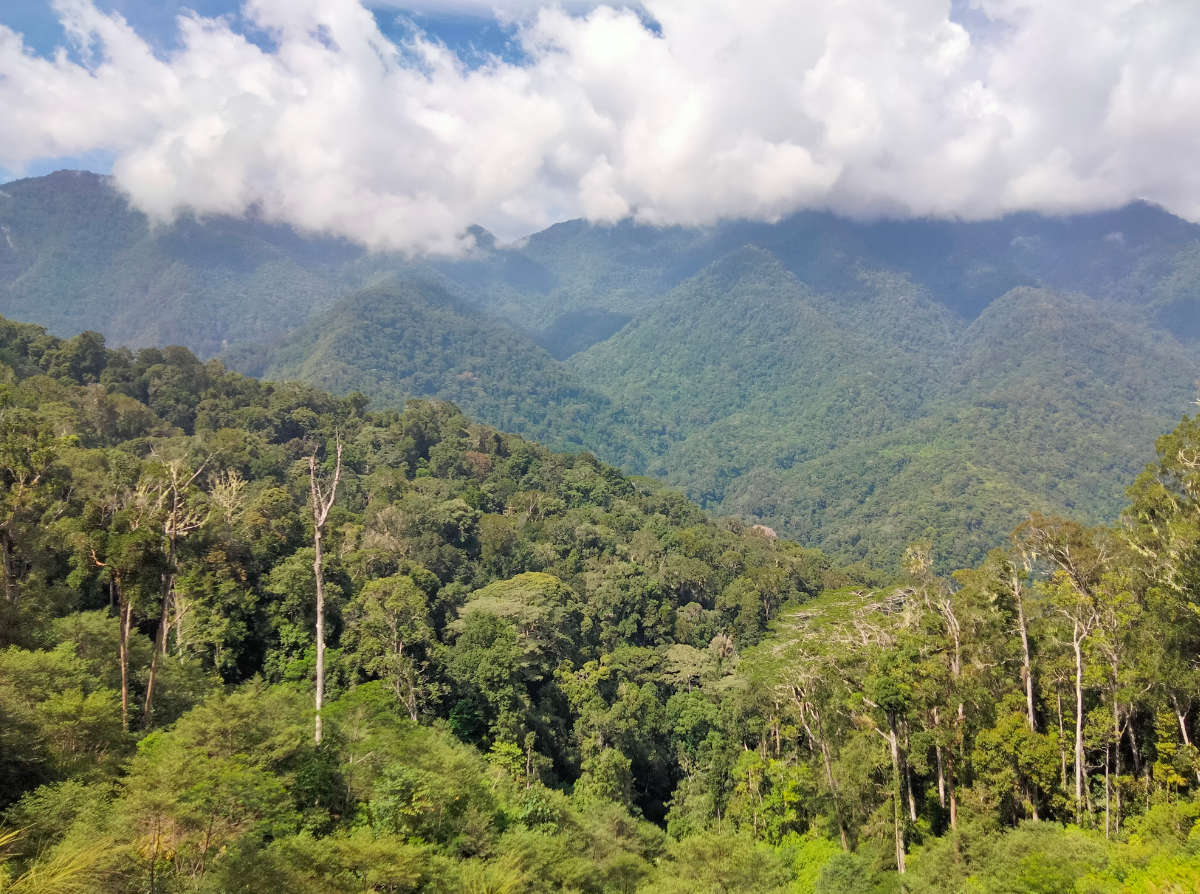



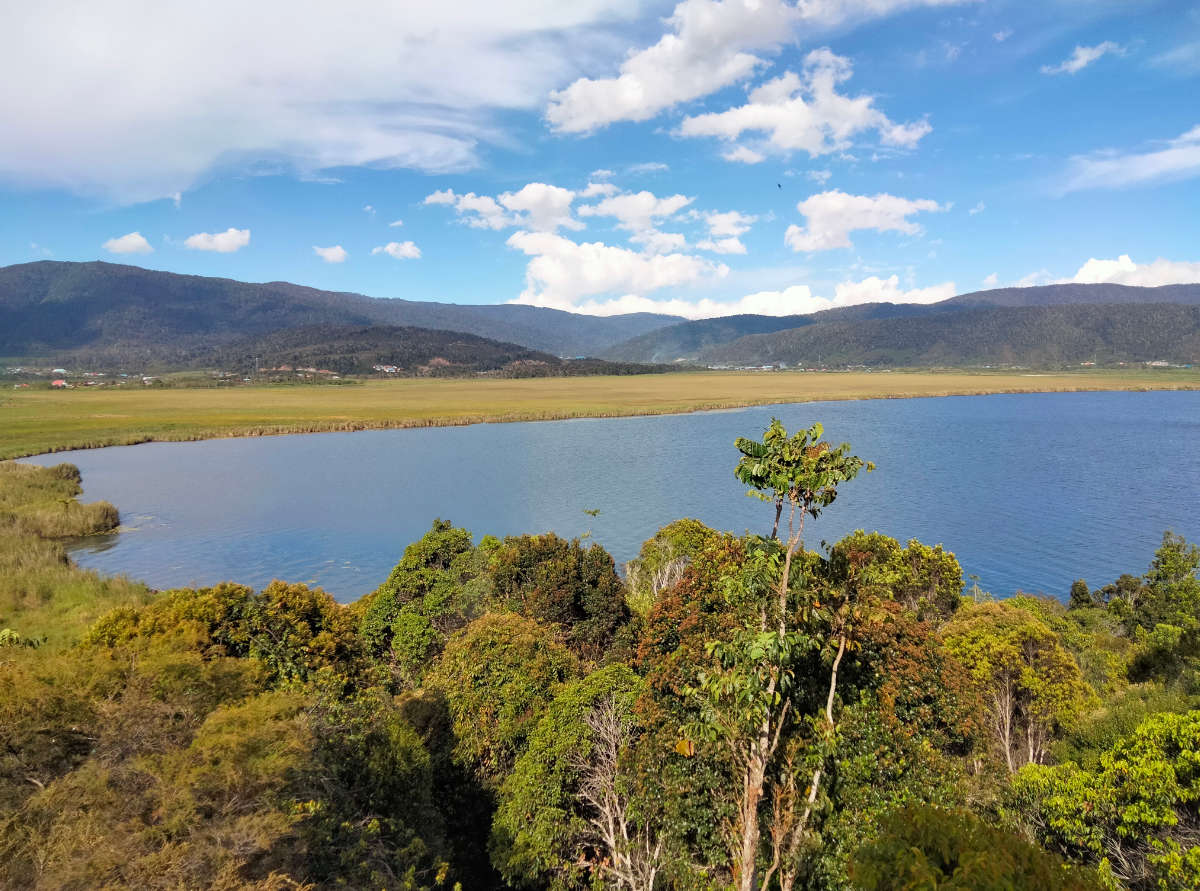
The Arfak Mountains tower above West Papua’s Vogelkop Peninsula, forming one of the most biologically rich cloud forest systems in the world. These ancient highlands, part of the vast New Guinea uplands, are isolated by deep valleys and rugged limestone ridges that have fostered exceptional endemism. Mist and moss shroud the canopy, where life flourishes in every layer of the forest. Here, birds-of-paradise perform their dazzling displays beneath the trees, Western Parotia pirouettes on its court of cleared leaves, and Masked Bowerbird decorates its bower with shells and berries. Vogelkop Whistler and Arfak Astrapia add to the spectacle, their colors flashing through the filtered light. Orchids and ferns carpet the slopes, and dawn brings a chorus of calls that fill the valleys below. Birding in the Arfaks is a journey into living wilderness, combining vibrant culture, remote beauty, and the thrill of discovery in one of Earth’s last great strongholds of biodiversity.
Honourable Mentions
Not all great mountains dominate the skyline. Some, though smaller in scale, shelter ecosystems as rich and remarkable as the world’s highest ranges.



In Ethiopia, the Bale Mountains rise from the country’s central plateau in sweeping Afro-alpine moorlands, grasslands, and forests that rank among Africa’s most distinctive habitats. The high Sanetti Plateau, dotted with giant lobelias, is home to the rare Ethiopian Wolf, the world’s most endangered canid, along with Mountain Nyala, Menelik’s Bushbuck, and troops of Gelada. Blue-winged Goose, Rouget’s Rail, Spot-breasted Lapwing, and Moorland Francolin are confined to this high country, while Abyssinian Catbird calls from the dense Hagenia woodlands. These cool, windswept landscapes, threaded with crystal streams and volcanic peaks, are the heart of Ethiopia’s natural heritage and an unrivalled destination for both birders and mammal enthusiasts.
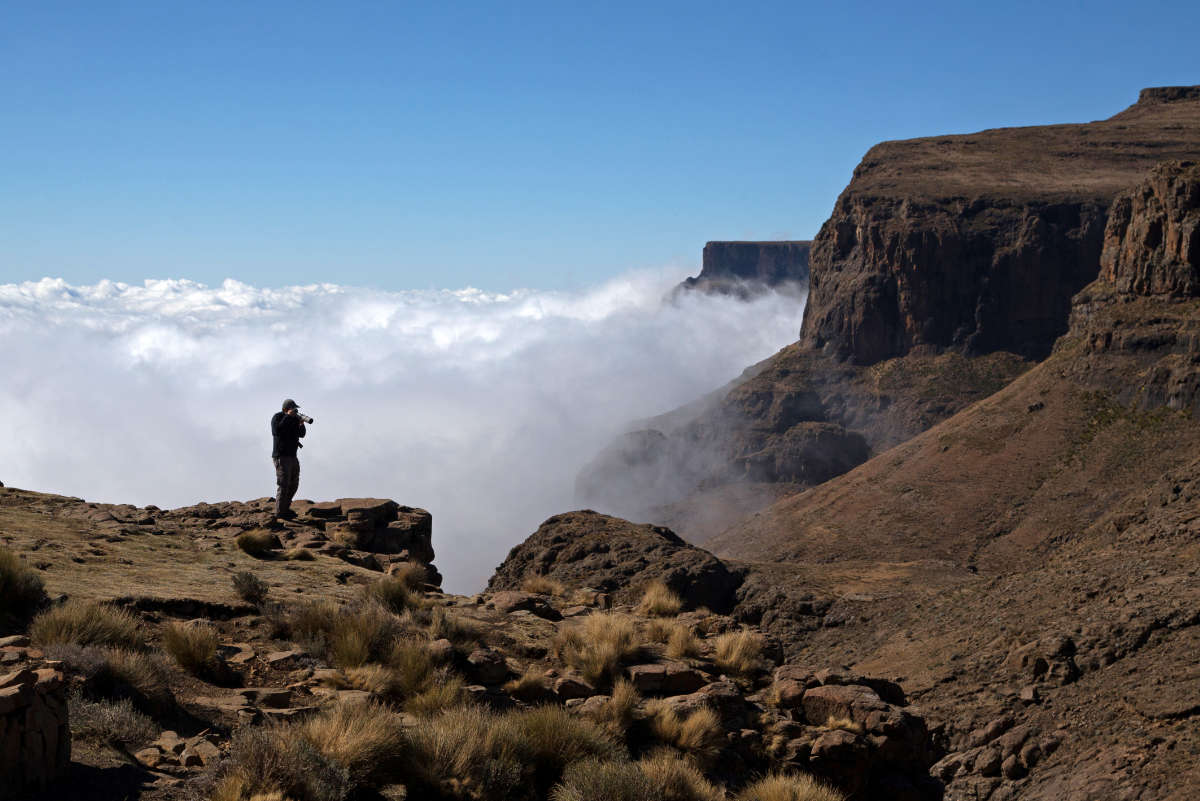


Farther south, the Drakensberg Mountains form the high rim of southern Africa, their basalt cliffs and grassy slopes rising above South Africa’s escarpment. These peaks hold some of the continent’s most sought-after endemics, including Drakensberg Rockjumper, Gurney’s Sugarbird, Bush Blackcap, and Yellow-breasted Pipit. Below, grasslands and mist-belt forests support Blue Crane, Southern Bald Ibis, and a host of warblers, chats, and larks. Herds of Eland and Grey Rhebok roam the slopes, while baboons and dassies bask on rocky ledges. Rich local cuisine, from spicy stews to traditional breads, adds warmth to evenings spent among these majestic heights.



Across the seas in Malaysia and Borneo, Mount Kinabalu rises sharply from coastal rainforest to jagged granite peaks, its slopes cloaked in mossy oak and montane cloud forest. The island’s tallest mountain, and indeed the highest in SE Asia, it harbors a concentration of endemic species shaped by isolation and ancient uplift. Whitehead’s Trogon, Whitehead’s Broadbill, Whitehead’s Spiderhunter, Friendly Bush Warbler, Fruithunter, Everett’s Thrush, and Mountain Wren-Babbler define its unique birdlife, while the forests around Kinabalu National Park support mammals such as Bornean Gibbon, Tufted Pygmy Squirrel, and the elusive Clouded Leopard. At lower elevations, dense forest hides Orangutan, Bearded Pig, and Colugo gliding silently through the canopy. The island’s mix of wildlife, botanical diversity, and warm cultural hospitality makes it one of Southeast Asia’s most rewarding mountain destinations.
India’s Western Ghats hem the southern edge of the country in a chain of forested ridges and rolling tea estates. These mountains hold an exceptional array of endemic birds, from Indian Pitta, Nilgiri Laughingthrush, and Malabar Whistling Thrush to Malabar Trogon and Sri Lanka Frogmouth. The forests also support Asian Elephant, Nilgiri Tahr, Indian Giant Squirrel, and Gaur. Misty mornings reveal a chorus of bulbuls, barbets, and laughingthrushes, while evenings bring the rich aroma of spices and the distant calls of frogs and nightjars. The Ghats blend vibrant culture, rich biodiversity, and timeless scenery in one of Asia’s most rewarding birding regions.
